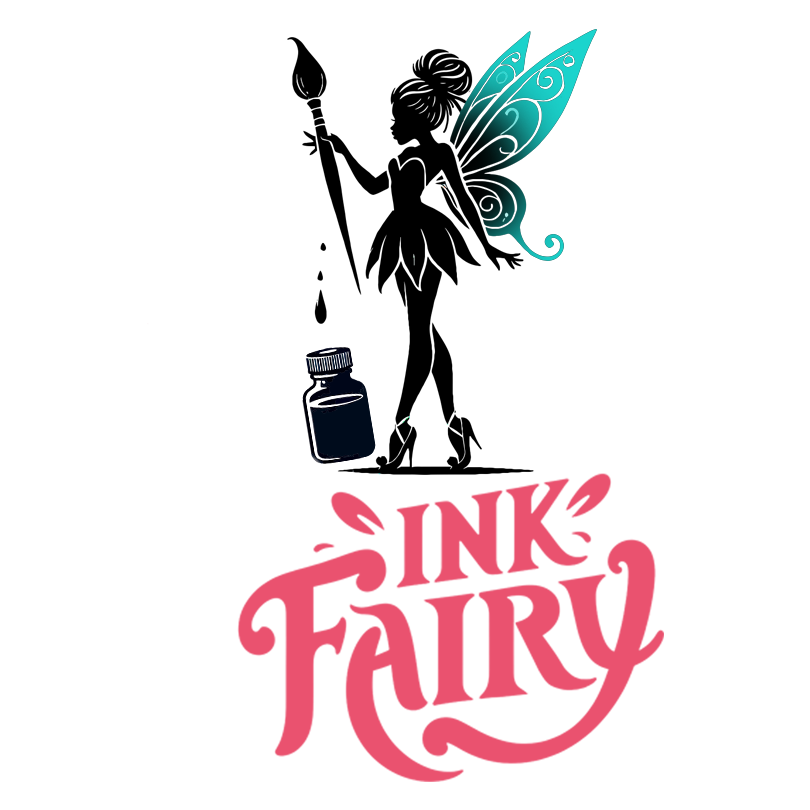Here are the recommended heat & press settings for DTF transfers on different materials. These settings may vary slightly depending on the specific transfer film, machine, and ink used, so always perform a test press before starting a full run.
Cotton Fabrics
Temperature: 320°F (160°C)
Pressure: Medium
Time: 15-20 seconds
Peel: Hot peel (immediately after pressing)
- Notes: Cotton fabrics are ideal for DTF printing, as the transfer adheres well and maintains durability. Be sure to pre-press the fabric to remove moisture.
Polyester Fabrics
Temperature: 320°F (160°C)
Pressure: Medium to firm
Time: 10-15 seconds
Peel: Hot peel
- Notes: Polyester fabric offers excellent adhesion with DTF prints. The key is to avoid over-pressing, as it may damage the fabric’s finish or cause unwanted heat marks.
Blends (Cotton/Polyester)
Temperature: 320°F (160°C)
Pressure: Medium
Time: 12-15 seconds
Peel: Hot peel
- Notes: Blended fabrics respond well to DTF transfers. Make sure to test with different pressure settings to avoid over-saturation, especially with heavier cotton content.
Canvas
Temperature: 330°F (165°C)
Pressure: Medium to firm
Time: 15-20 seconds
Peel: Hot peel
- Notes: Canvas is a thicker material, so ensure the pressure is sufficient to allow the transfer to bond properly. Firm pressure works best for durability.
Wood
Temperature: 320°F (160°C)
Pressure: Firm
Time: 20-30 seconds
Peel: Cold peel (after the transfer has cooled)
- Notes: Wood requires more pressure to ensure proper adhesion. Always make sure the surface is smooth and clean before pressing to avoid imperfections.
Acrylic
Temperature: 320°F (160°C)
Pressure: Medium
Time: 10-15 seconds
Peel: Cold peel
- Notes: Acrylic can be sensitive to heat, so it’s crucial to avoid over-heating. Keep a medium pressure to prevent cracking the material while ensuring the transfer adheres well.
Glass
Temperature: 320°F (160°C)
Pressure: Medium
Time: 20-30 seconds
Peel: Cold peel
- Notes: Glass surfaces requires a firm, even pressure. Ensure the glass is free of any oils or debris for the best transfer quality.
Metal
Temperature: 330°F (165°C)
Pressure: Medium to firm
Time: 20-25 seconds
Peel: Cold peel
- Notes: Metal surfaces need higher pressure and longer press time to ensure proper adhesion. A medium to firm pressure helps avoid shifting during transfer.
Plastics
Temperature: 320°F (160°C)
Pressure: Medium to firm
Time: 10-20 seconds
Peel: Cold peel
- Notes: When printing on plastic, ensure the material is heat-resistant. Some plastics can melt or warp if exposed to too much heat, so keep the press time on the shorter side.
General Tips for All Materials:
- Pre-Press: Always pre-press your material for 3-5 seconds to eliminate moisture and wrinkles, ensuring a smoother transfer.
- Press Time and Temperature: Adjust as needed depending on the type and thickness of the material. For thicker fabrics like canvas, a slightly longer press time may be required.
- Pressure: Medium to firm pressure is often ideal, but the pressure needs to be adjusted based on the material’s thickness. Too much pressure can distort the print, while too little can result in a poor bond.
- Peel Method: Follow the correct peel method (hot or cold) for the material. Hot peel is typically quicker, but cold peel is recommended for more delicate materials like wood, metal, or acrylic to avoid smudging.
By following these settings and testing before final production, you can ensure the best results when using DTF transfers on various materials.



